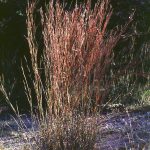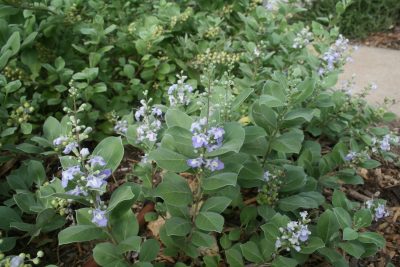With current watering restrictions, will watering at night cause fungal disease in my garden and the lawn?
Thanks to Sheila C. for sending this great question! With watering restrictions in place, many people only have time to water at night and still be within the window of time of the restrictions. Sheila would like to know if watering her lawn at night will encourage fungi and other diseases.
Well, Sheila, the answer is yes, and no. During the summer, when watering restrictions are typically in place, the temperatures are usually so hot that the air is not as humid, and so, diseases would be less of an issue on lawns. When watering at night, if the air has some room for moisture to evaporate, the leaf surfaces dry enough to decrease the likelihood of diseases. Just make sure the soil also has time to dry during the week, before the next watering.
So the real issue is awareness of the environment and managing it, whatever it happens to be. If the air is very humid, 80 to 90 percent, and the weather predicts that it is going to stay that way, it would be better to water your lawn in the morning, so that the sun can burn off the water from the leaf blades.
But with garden beds and other plants, the question may be a little more complicated. If you have mulched beds, that mulch retains more moisture, so the leaves of your plants may stay wet longer, especially if they’re in the shade. In those beds, it might be best to use soaker hoses or other drip irrigation at night, so that the leaves don’t get wet.
In spring and fall, many gardeners worry about brown patch in their lawns. Brown patch is caused by a fungus and is most commonly found in warm to hot weather (above 80) with cool nights, especially when we’re getting lots of rain or the grass is being overwatered. Areas of the lawn with poor drainage are especially susceptible. If you have brown patch, you can manage it with a fungicide, but the long-term solution is to change the environment in order to truly control the problem.

 Native Grasses
Native Grasses Daphne Richards
Daphne Richards
 Trisha Shirey
Trisha Shirey Freezing Herbs for Year Round Use
Freezing Herbs for Year Round Use